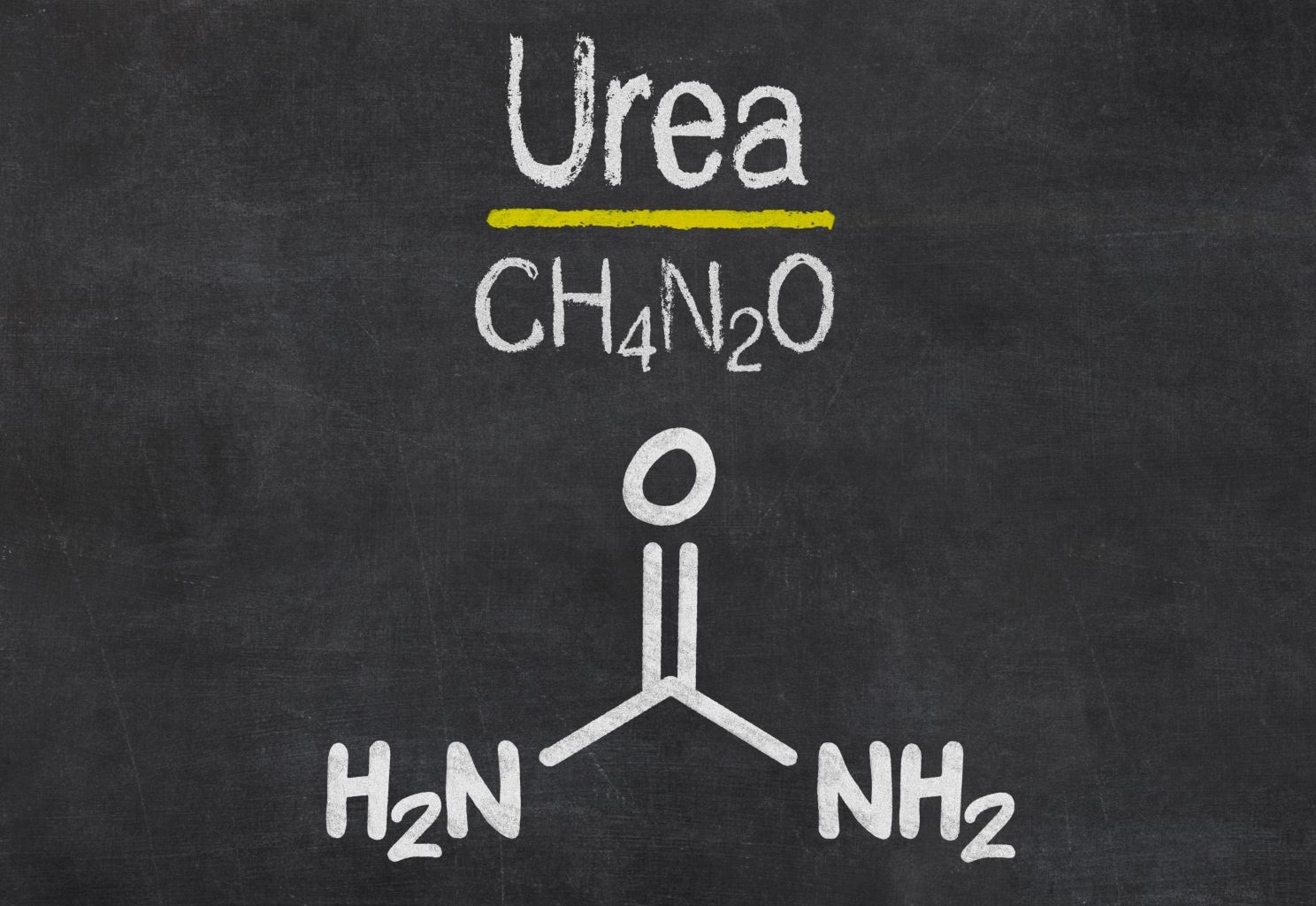Início Controle da carga de treinamento no basquetebol através da ureia: uma revisão...
exercício físico

Controle da carga de treinamento no basquetebol através da ureia: uma revisão narrativa da literatura
Resumo:
Introduction: Properly controlling training loads is a fundamental part of the complex physical preparation process in order to achieve the desired performance optimization. Therefore, the objective of this study is to discuss the control of training loads in basketball through urea through a narrative review of the literature. Review: In the five scientific databases consulted (Google Scholar, Scielo, PuMed, LILACS and MEDLINE) 33 publications on the use of urea as a biological marker in the control of training loads and 05 textbooks on sport training theory were found. Discussion: Urea allows the identification of protein catabolism during exercise, serving as a biochemical marker of training loads. This systematic control of training loads, if properly performed, leads to a rational distribution of stimuli, provides a balance between fatigue and recovery, optimizing athletic performance. However, studies that analyzed urea in basketball used different intervention protocols, biological parameters and measurement units, with players from different categories, making it difficult to make in-depth comparisons between studies. In this perspective, among the biological markers analyzed together with urea, only some hormonal and biochemical indicators make it possible to trace correlations to understand the kinetics of urea. In addition, due to the behavioral complexity of urea during exercise and its respective excretion, a longitudinal follow-up of urea would be interesting. Final Considerations: There is a lack of research using urea in the control of training loads aimed at basketball players, requiring further investigations on this topic. Finally, due to the lack of guidelines on the use of urea for monitoring loads in basketball, certain practical recommendations are made.
Keywords: basketball, urea, exercise, worload, fatigue.
Expandir Resumo
Acessar Texto Completo

